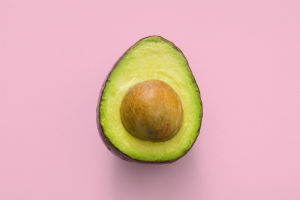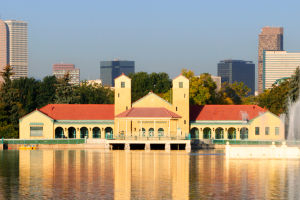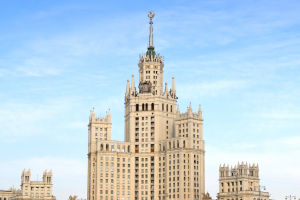Almost everyone has heard of the Silk Road, and the people who played the biggest role in the Silk Road were not people, but camels.
Camels in the desert help people carry various commodities and goods for trade and are an indispensable means of transportation. Behind the Silk Road civilization, the camel is one of the symbols of cultural exchange between the East and the West.
Why do people use camels on the Silk Road? We all know that the ancient Silk Road had to go through a large desert, and the weather was hot and drought, but camels were stronger and more docile than steed with drought resistance.
Not only that, but camels can also know the terrain. In case of unclear direction, you can follow the direction of the camel, so the camel is the "desert boat". The powerful drought tolerance in the desert actually has a lot to do with the hump behind them.
Some people may say that it is used to store water, which may be the best answer in many people's minds, but it is not the case. The hump behind the camel does not hold water.
The hump stores the deposited fat. Once the camel cannot find food in the vast and dry desert, it can only rely on these fats to supplement nutrition in the desert and provide for the camel's survival needs. The camel's water is stored in the stomach.
The camel is actually a ruminant with a three-chambered stomach. There are many folds on the camel's stomach, which are called water pans.
When the camel drinks water, it will store the water in the water tank. At this time, the camel's stomach will rapidly expand because of the storage of a lot of water.
Even if the camel does not drink water for several days in the desert, the water in the stomach can maintain the normal activity of the camel for several days.
And because the red blood cells in the camel's blood are adapted to the extreme weather in the desert, even if the water content in the blood changes drastically, it will not burst and die immediately.
The camel's nostrils have a lot of small bending airways (fiber tubes). When the water in the camel's stomach is consumed in large quantities, these airways will secrete a substance, and the secretion will form a duct.
This layer of the duct is transformed into a "condenser" when the camel exhales, which can keep the water in these camel lungs and send them back to the lungs so that it has achieved the purpose of preventing the decentralization of water in the body.
Another important throttling is the camel's powerful kidney function, which can reuse water. Because there are some complex and numerous brush systems on the kidneys, these brushes re-brush the consumed water and re-filter some of the water in the body.
But at the same time, camels can also replenish water through food in the desert. At this time, we have to mention cacti.
When camels eat cacti, they cleverly lay their tongues flat and eat with serrated spines on both sides of their mouths. Because the camel's meat spines are very hard, they can fix the direction of the food to chew in one direction.
After chewing up the spikes of the cactus, the camel can swallow the cactus into its stomach, where it is softened by stomach acid, which protects the tongue and mouth.
And in addition to the hard thorns, there is actually a meat sac in the male camel's mouth, which looks like a ball in the camel's mouth. But the meatball can also help camels chew and digest cacti, and can also make sounds to attract female attention to courtship.


